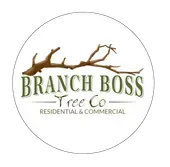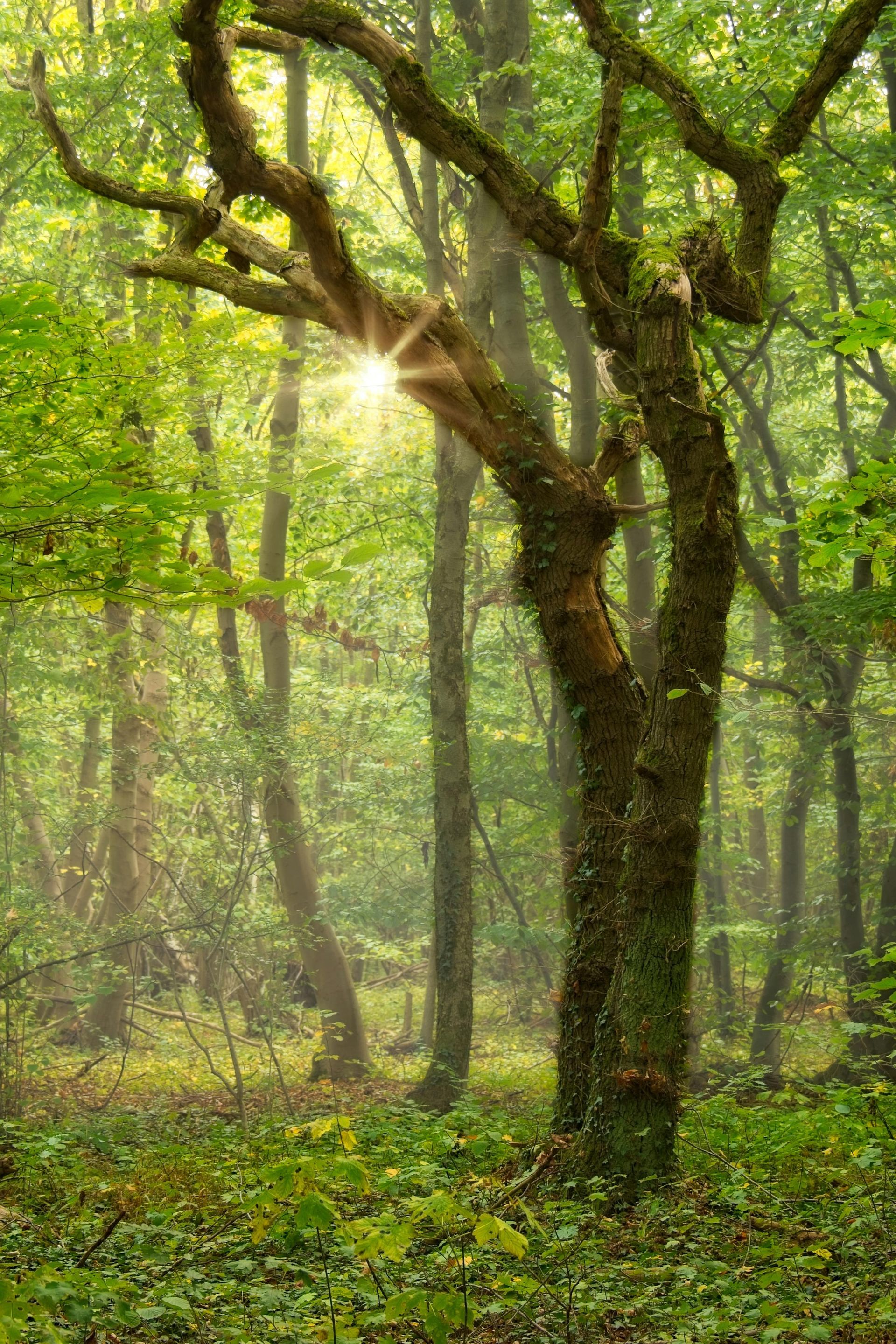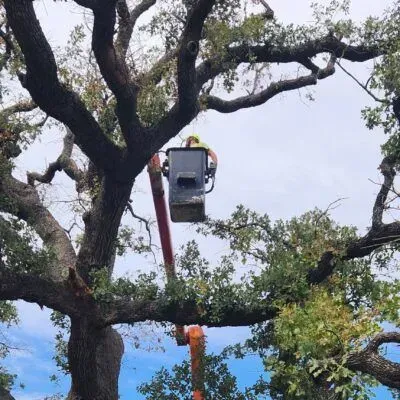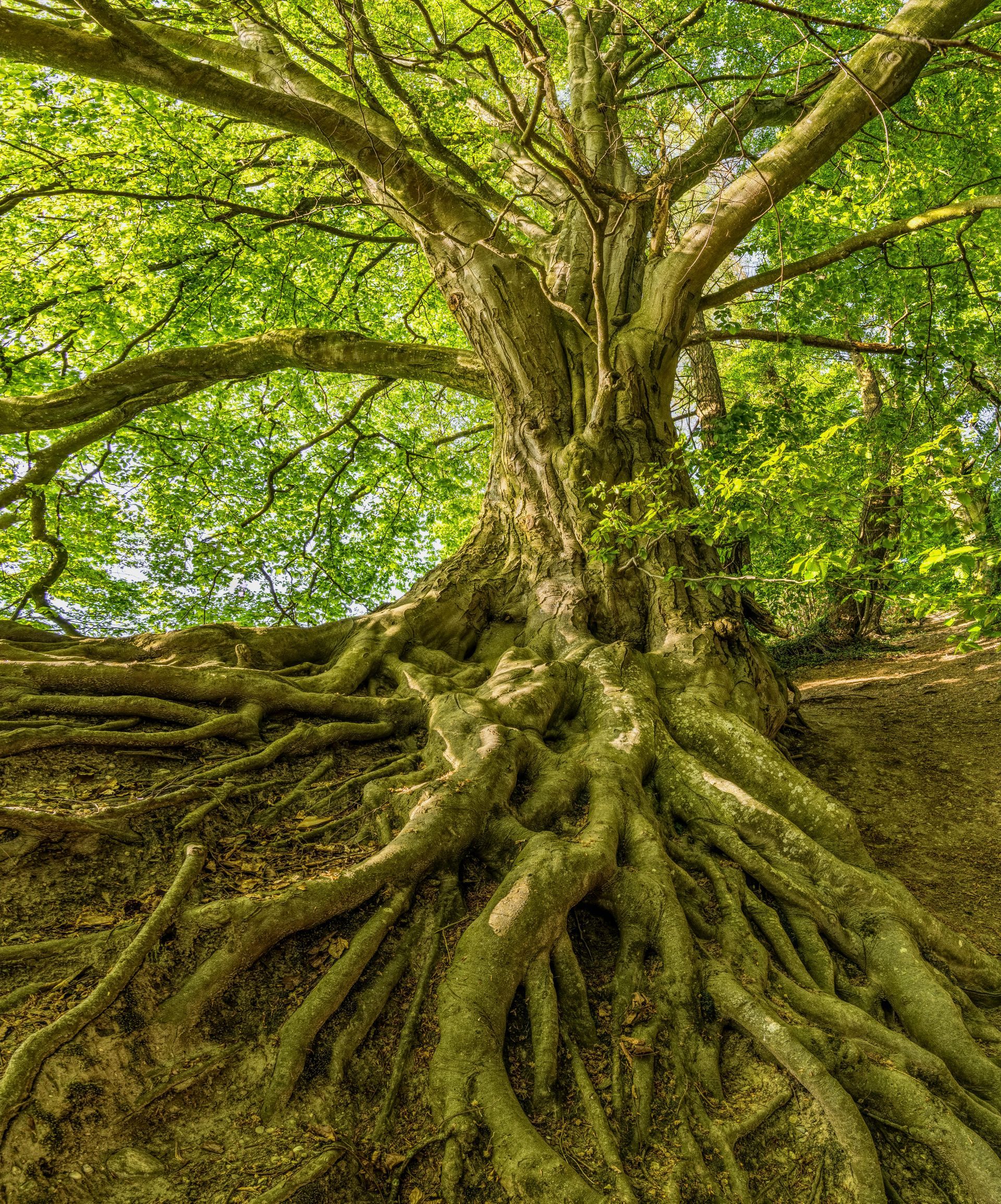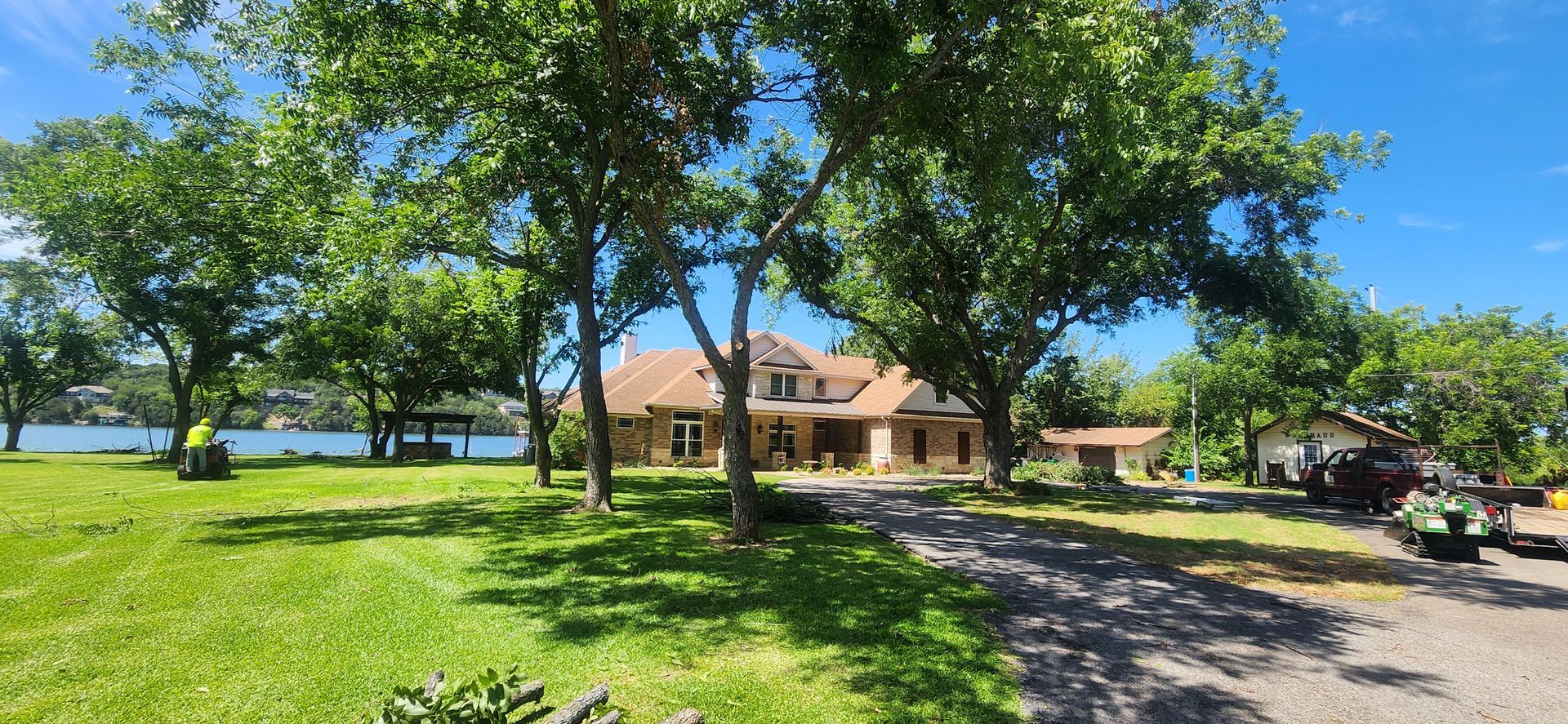After the Storm: Why Cleburne Homeowners Should Inspect Trees Following Flash Flooding
The weather in Cleburne and across Johnson County has been anything but predictable lately. With sudden storms, heavy rainfall, and flash flood warnings rolling in, many neighborhoods have been caught off guard. As Fox 4 Weather reported, “Storms developed quickly Tuesday afternoon, bringing dangerous wind gusts and localized flooding in several parts of North Texas.” And while the rain has passed for now, the impact on your trees may be just beginning.
Saturated soil, strong winds, and pooling water create the perfect storm for tree instability. That’s why this week is the ideal time to walk your property and look for signs of tree stress or storm damage — before it becomes a costly or dangerous emergency.
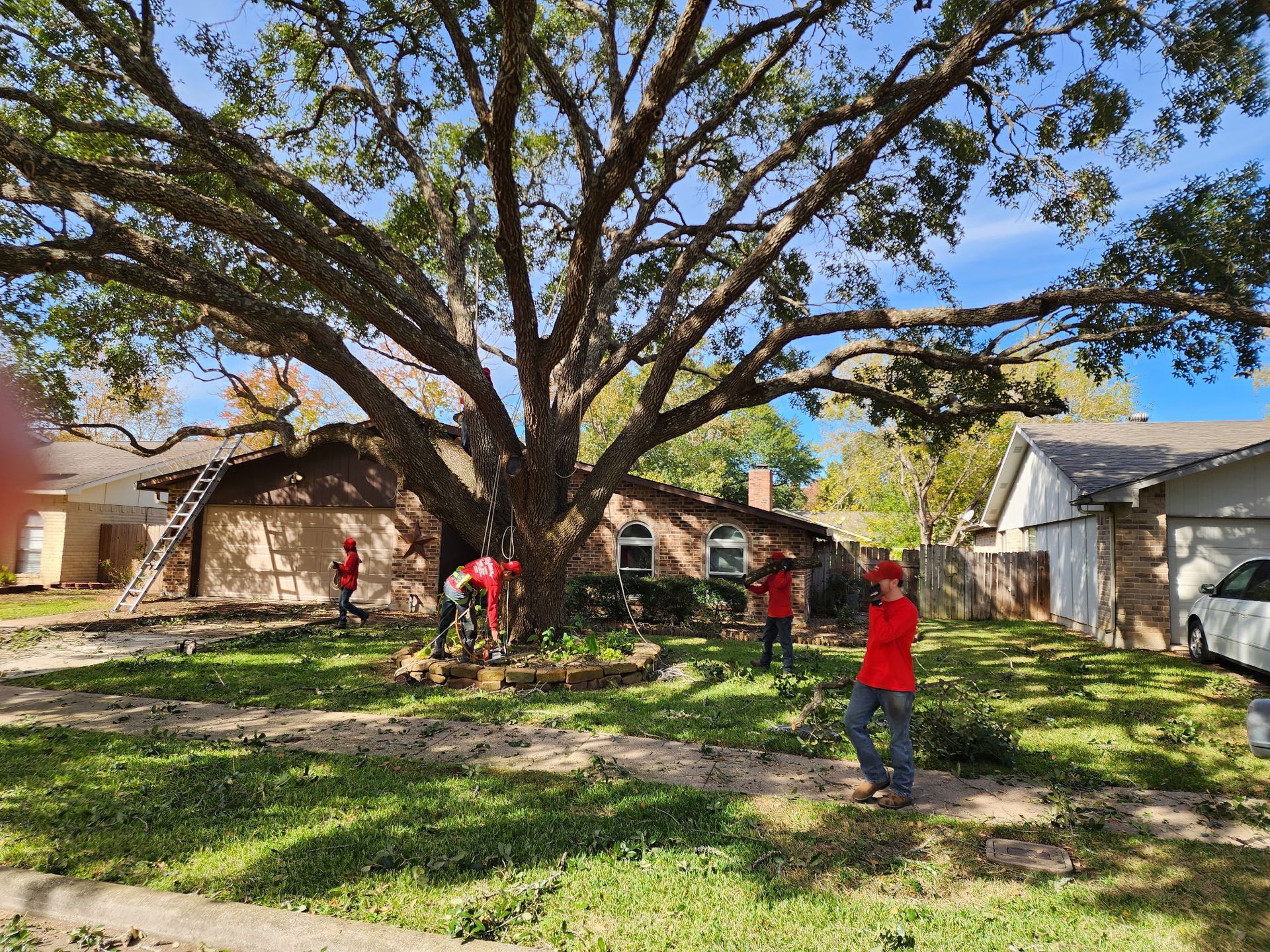
How Flash Flooding & Storms Weaken Trees
Even if your trees look fine at first glance, storm conditions can silently compromise their structure:
- Root damage: When soil becomes overly saturated, it loosens around the root system, making trees more likely to shift or topple.
- Erosion: Fast-moving runoff during flash floods can expose roots or wash away the tree’s natural support.
- Wind damage: Trees that stood tall may now lean, split, or suffer cracked limbs due to sudden gusts.
- Weight stress: Heavy rain sitting in canopies can stress branches, especially in overgrown trees.
In areas like Joshua, Godley, Burleson, and Keene — which also saw storm activity — these risks are just as present.
Signs of Storm-Induced Tree Damage
Here’s what to look for after a storm in Cleburne:
- Leaning or shifting trees that weren’t tilted before
- Exposed or cracked soil at the base of the trunk
- New dead or hanging limbs (especially large ones)
- Cracks in bark or branches that weren’t visible before
- Standing water around tree bases — a sign of poor drainage and root rot risk
Even subtle changes could mean trouble — trees don’t always fall immediately. Some deteriorate slowly until a future storm brings them down.
DIY Tree Inspection Checklist
☐
Walk your property slowly — look at trees from all angles
☐
Check soil near the trunk — is it soft, cracked, or washed away?
☐
Look up — are there broken, hanging, or suddenly bare limbs?
☐
Stand back
— does the tree now appear to lean?
☐
Listen — cracking or creaking sounds in windy conditions could signal stress
If anything seems off, call Branch Boss Tree Co. before the next weather front hits.
When to Call Branch Boss Tree Co.
Don’t wait for a limb to fall or for roots to give way. Call our certified team if you notice:
- Significant leaning or movement
- Trees near your roof, power lines, driveway, or walkways
- Trees with large, visible cracks or breaks
- Debris that needs safe cleanup
We provide:
- Free post-storm inspections in Cleburne and surrounding towns
- Safe, certified tree removals
- Pruning to reduce future storm risk
- Emergency support for hazardous trees
As the weather continues to shift and storms pop up unexpectedly across Johnson County, it’s more important than ever to be proactive. Your trees may have taken more of a hit than you realize — but we’re here to help.
Request a Quote
Call Branch Boss Tree Co. today for your FREE post-storm tree inspection.
Let us assess the risk so you don’t have to worry the next time the skies darken.
Visit branchbosstreeco.com or call us to schedule your inspection.
Our hearts go out to those in Cleburne, Burleson, and across Texas who have been affected by recent flooding. We're praying for safety, strength, and swift recovery for all our neighbors during this time.
________________________________________________________________________________________________________
Serving Cleburne, Godley, Joshua, Keene, Burleson, and the greater Johnson County area.
Don’t wait for the next storm to test your trees.
👉 Worried about a tree near your roof, driveway, or power lines?
Contact Branch Boss Tree Co. today to schedule your summer tree assessment and get expert trimming
that protects your property and peace of mind.
Call us today at
817-487-8448 to let us handle your tree and tree stump removal needs with professionalism and care.

